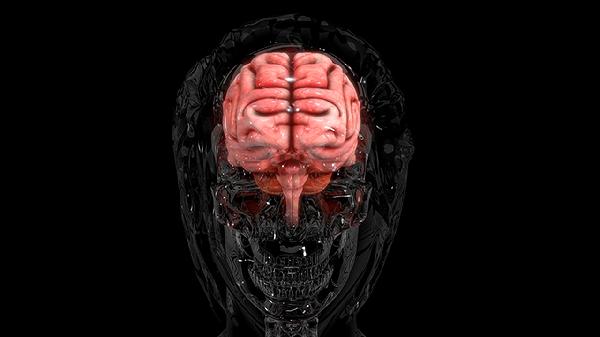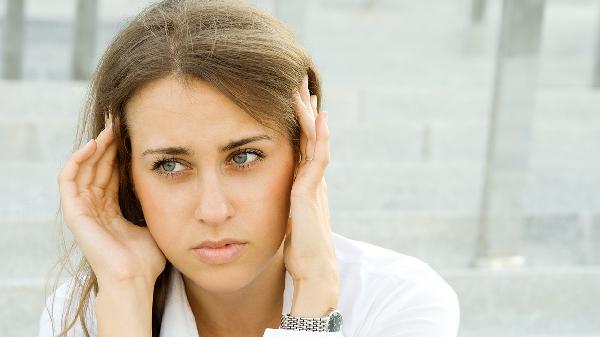The TikTok trend pitting Pilates against weightlifting isn't just about workouts—it's about the dangerous idea that one type of exercise can magically sculpt you into a "better" version of yourself. The truth? Both Pilates and weightlifting offer incredible benefits, and choosing between them based on aesthetics is a losing game. Your body isn't a before-and-after reel; it's a living, changing system that thrives on variety, not comparison.
The Problem With Assigning Aesthetics to Workouts
The "Pilates body" vs. "gym body" debate hinges on outdated stereotypes. Pilates is often marketed as the path to a "long, lean" physique, while weightlifting is associated with bulk and brute strength. But these generalizations ignore the reality: bodies adapt differently to exercise based on genetics, nutrition, recovery, and individual biomechanics. A person who lifts heavy might develop defined muscles, but they won’t automatically turn into a bodybuilder—just like someone who does Pilates won’t suddenly resemble a ballet dancer. The idea that workouts come with a predetermined body type is not only misleading, it’s reductive. It turns fitness into a superficial competition rather than a tool for strength, mobility, and longevity.
Why This Comparison Hurts More Than It Helps
When we frame exercise as a means to an aesthetic end, we rob it of its true value. Pilates improves posture, core stability, and mind-body connection. Weightlifting builds bone density, explosive power, and metabolic efficiency. Both reduce injury risk and enhance quality of life—yet the TikTok discourse reduces them to "which one makes you hotter?" This mindset can lead to workout hopping (abandoning a routine because it’s not "working" fast enough), frustration, or even injury from pushing too hard for a specific look. Worse, it reinforces the toxic idea that some bodies are more desirable than others, which is a fast track to disordered relationships with fitness and food.
The Social Media Effect: How Platforms Fuel the Fire
Instagram and TikTok didn’t invent fitness myths, but they’ve amplified them. Algorithms prioritize dramatic transformations and side-by-side comparisons, making it seem like switching from Pilates to deadlifts will "fix" your body. What these clips leave out: the months (or years) of consistency, the role of lighting/angles/posing, and the fact that many influencers have access to trainers, chefs, and—let’s be real—sometimes cosmetic enhancements. When you’re scrolling, it’s easy to forget that fitness isn’t about looking a certain way—it’s about feeling capable in your own skin.
What Science Says About Exercise and Body Composition
Research shows that no single workout guarantees a specific physique. A 2021 study in the Journal of Strength and Conditioning Research found that resistance training and Pilates both improve body composition, but the changes depend on the individual’s starting point, diet, and consistency. Another study in Sports Medicine noted that genetics account for up to 70% of variation in muscle growth. Translation? You can’t out-exercise your DNA. Chasing a "Pilates body" or "gym body" based on someone else’s results is like trying to force your hair to curl when it’s naturally straight—exhausting and ultimately futile.
How to Ditch the Comparison Mindset
Instead of asking, "Which workout will give me the ‘best’ body?" ask: "What makes me feel strong and energized?" Maybe it’s Pilates twice a week and lifting three times. Maybe it’s cycling and yoga. The "perfect" routine is the one you enjoy enough to stick with—not the one that promises a mythical transformation. If you’re stuck in the comparison trap, try a social media detox, follow diverse fitness influencers (not just the ones with six-packs), and focus on performance goals (like nailing a pull-up or holding a plank for 2 minutes) instead of mirror checks.
At the end of the day, fitness isn’t about molding yourself into an ideal. It’s about showing up for your body, not against it. Whether you’re flowing through a Pilates routine or grinding through a deadlift PR, the real victory isn’t how you look—it’s what you can do.
























